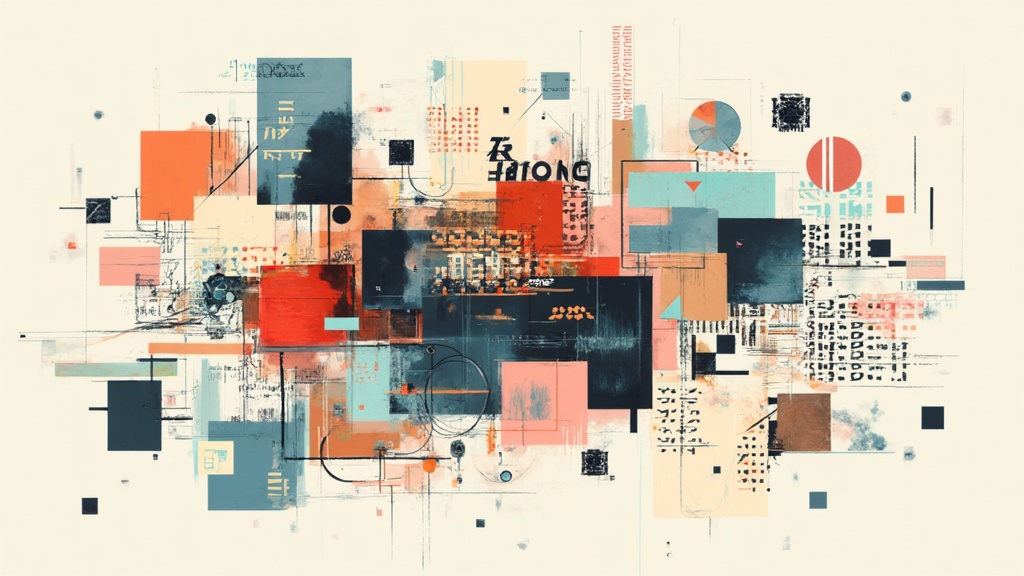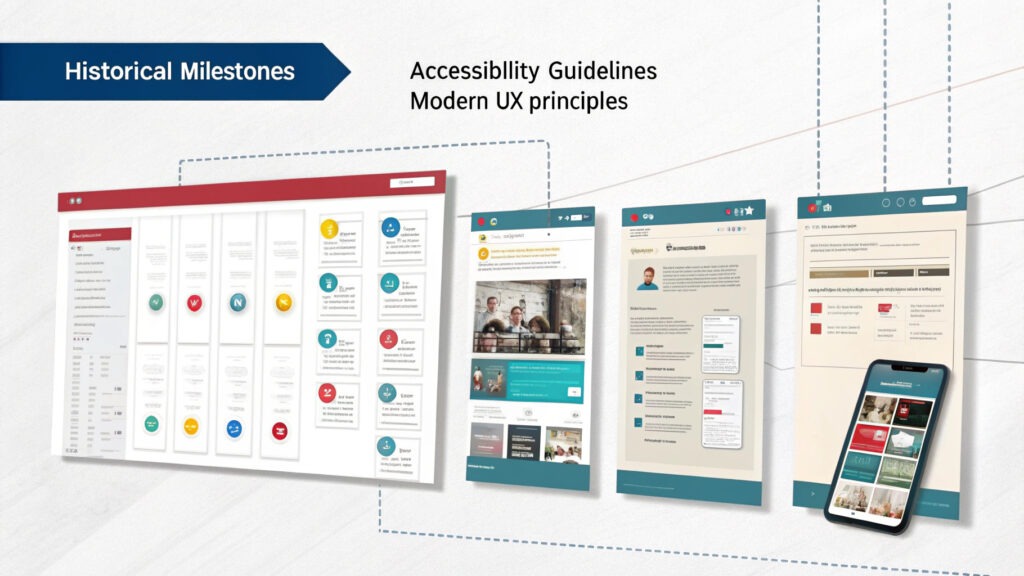
In the world of user experience, the discourse surrounding design systems oscillates between two poles: are they a catalyst for unparalleled efficiency, or do they inadvertently stifle creative brilliance, rendering designs as uninspired as mass-produced office coffee? This article delves into the heart of this debate.
Table of Contents
The Efficiency of Design Systems
Design systems transcend being mere collections of buttons and color palettes. They are all-encompassing guides that cover typography, spacing, grids, and more, serving as the foundational blueprint for your project’s design. Consider the chaos of constructing a house sans blueprint. Similarly, design systems introduce order to potential chaos, ensuring consistency and coherence across a project. They streamline the design workflow, guiding you from conception to completion in the most efficient manner, eliminating the proverbial “Are we there yet?” from the equation.
Creativity Within Constraints
The pressing question remains: do design systems constrict creativity? Critics often liken working within predefined guidelines to painting a masterpiece with someone else dictating the brush strokes. This critique presupposes that creativity flourishes only in boundless freedom, a notion that doesn’t hold up under scrutiny. Constraints can actually serve as a crucible for creativity, compelling designers to innovate within set parameters rather than starting from a blank canvas. The challenge isn’t about staying within the lines but in discovering how to make those lines come alive.
Striking the Perfect Balance: Efficiency and Creativity
Achieving harmony between efficiency and creativity in design systems is akin to crafting the perfect cup of coffee: it’s all about finding the right blend. Design systems should be malleable, encouraging innovation while providing a robust foundation. They ought to evolve alongside the project, integrating new ideas and refinements. The goal is to foster a dynamic playbook that adapts and flourishes, rather than enforcing inflexible rules.
Design Systems in Action: Bridging Theory and Practice
Across various sectors, from tech behemoths to nimble startups, design systems have demonstrated their value. They expedite the design process, facilitating quicker market introductions for new concepts. The true magic, however, unfolds when these systems are implemented with a measure of adaptability. The most impactful applications of design systems are those where designers are prompted to explore and push the limits within the established framework.
At this juncture, between the realms of efficiency and creativity, it’s evident that design systems are far from being the creativity dampeners they’re occasionally portrayed as. Instead, they provide a structured canvas for designers to navigate, innovate, and craft with intention. Viewing them not as stringent directives but as evolving instruments can pave the way for bringing visionary ideas to fruition more efficiently. Ultimately, the aim is to forge experiences that resonate with users. If a design system can aid in achieving this goal, while also conserving time and effort, then perhaps it’s time to embrace the blueprint – with the understanding that venturing outside the lines occasionally is not only permissible but necessary for true innovation.


